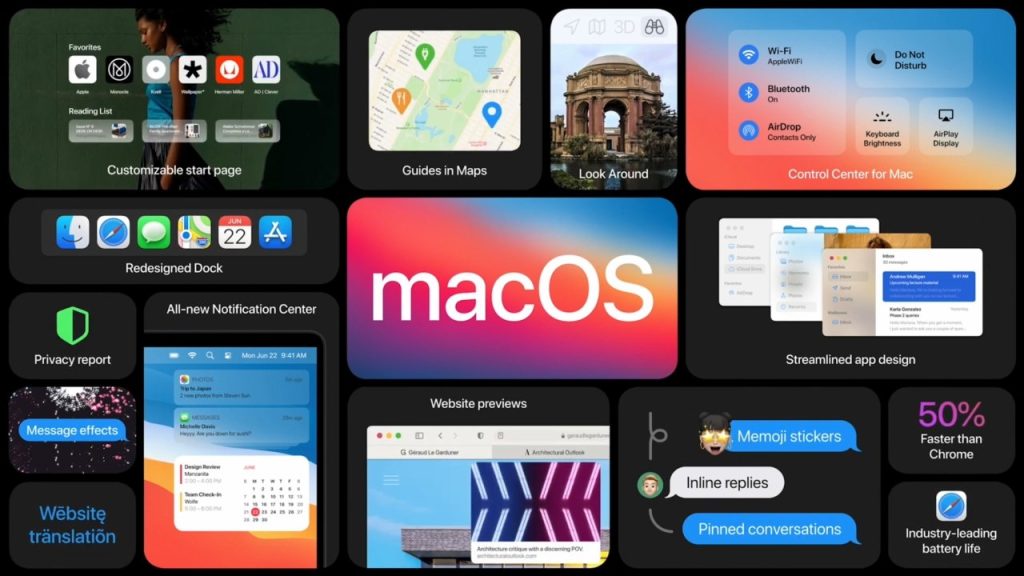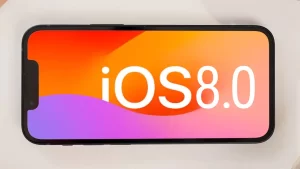
macOS Software
macOS Software: A Symphony of Innovation
macOS, Apple’s proprietary operating system, has long been renowned for its sleek design, intuitive interface, and robust ecosystem of software. With its focus on user experience and seamless integration, macOS has garnered a loyal following among professionals and consumers alike. In this exploration of macOS software, we’ll delve into the key categories, popular applications, and trends shaping the future of this dynamic digital realm.
Core macOS Applications: The Foundation of Productivity
At the heart of the macOS experience lies a suite of essential applications that provide the foundation for everyday tasks. These include:
- Apple Apps: Apple’s own suite of applications, such as Safari, Mail, Calendar, and Notes, offer a cohesive and integrated experience within the macOS ecosystem.
- Pages, Numbers, and Keynote: Apple’s productivity suite, a powerful alternative to Microsoft Office, provides tools for word processing, spreadsheets, and presentations.
- Finder: The file manager that helps users organize, access, and manage their digital files and folders.
- QuickTime Player: A versatile media player capable of handling various audio and video formats.
The App Store: A Curated Marketplace
The macOS App Store, similar to its iOS counterpart, offers a curated marketplace of software. This digital platform provides a convenient way for users to discover and acquire applications, ranging from productivity tools to games and entertainment apps. Some of the most popular categories include:
- Creativity and Design: macOS has long been a favorite among creatives, with a wide range of professional-grade software available, including Adobe Creative Suite, Affinity Designer, and Pixelmator Pro.
- Productivity and Business: For professionals, macOS offers a plethora of productivity tools, such as OmniFocus, Things, and Bear, as well as business applications like Microsoft Office for Mac and Google Workspace.
- Education and Learning: Whether you’re a student or looking to enhance your skills, there are numerous educational apps available for macOS, covering topics from language learning to coding.
- Gaming: While macOS gaming has historically been overshadowed by Windows, it has seen significant growth in recent years, with popular titles like The Elder Scrolls V: Skyrim and Grand Theft Auto V being available for Mac.
Open-Source Alternatives: A Growing Presence
While Apple’s proprietary software dominates the macOS ecosystem, open-source alternatives have gained traction, offering cost-effective and customizable options. Some of the most popular open-source applications for macOS include:
- Firefox: A popular web browser known for its privacy features and customization options.
- VLC Media Player: A highly regarded media player capable of handling a wide range of file formats.
- LibreOffice: A free and open-source office suite that provides a viable alternative to Apple’s iWork suite.
- GIMP: A versatile image editing software that offers many of the same features as Adobe Photoshop.
Trends Shaping the Future of macOS Software
As technology continues to evolve, so too does the landscape of macOS software. Several trends are shaping the future of this dynamic ecosystem:
- Cloud Integration: Increasingly, macOS software is integrating with cloud services, enabling users to access their data and applications from anywhere with an internet connection.
- Artificial Intelligence: AI is making its way into macOS software, enhancing features like voice recognition, natural language processing, and automation.
- Cross-Platform Compatibility: While macOS has traditionally been a closed ecosystem, there’s a growing trend toward cross-platform compatibility, allowing users to seamlessly sync their data and applications across different devices.
- Subscription-Based Models: Subscription models are becoming more prevalent in the software industry, offering users access to a suite of applications for a recurring fee.
The macOS App Store: A Curated Marketplace
The macOS App Store, similar to its iOS counterpart, offers a curated marketplace of software. This digital platform provides a convenient way for users to discover and acquire applications, ranging from productivity tools to games and entertainment apps. Some of the most popular categories include:
- Creativity and Design: macOS has long been a favorite among creatives, with a wide range of professional-grade software available, including Adobe Creative Suite, Affinity Designer, and Pixelmator Pro.
- Productivity and Business: For professionals, macOS offers a plethora of productivity tools, such as OmniFocus, Things, and Bear, as well as business applications like Microsoft Office for Mac and Google Workspace.
- Education and Learning: Whether you’re a student or looking to enhance your skills, there are numerous educational apps available for macOS, covering topics from language learning to coding.
- Gaming: While macOS gaming has historically been overshadowed by Windows, it has seen significant growth in recent years, with popular titles like The Elder Scrolls V: Skyrim and Grand Theft Auto V being available for Mac.
Open-Source Alternatives: A Growing Presence
While Apple’s proprietary software dominates the macOS ecosystem, open-source alternatives have gained traction, offering cost-effective and customizable options. Some of the most popular open-source applications for macOS include:
- Firefox: A popular web browser known for its privacy features and customization options.
- VLC Media Player: A highly regarded media player capable of handling a wide range of file formats.
- LibreOffice: A free and open-source office suite that provides a viable alternative to Apple’s iWork suite.
- GIMP: A versatile image editing software that offers many of the same features as Adobe Photoshop.
Trends Shaping the Future of macOS Software
As technology continues to evolve, so too does the landscape of macOS software. Several trends are shaping the future of this dynamic ecosystem:
- Cloud Integration: Increasingly, macOS software is integrating with cloud services, enabling users to access their data and applications from anywhere with an internet connection.
- Artificial Intelligence: AI is making its way into macOS software, enhancing features like voice recognition, natural language processing, and automation.
- Cross-Platform Compatibility: While macOS has traditionally been a closed ecosystem, there’s a growing trend toward cross-platform compatibility, allowing users to seamlessly sync their data and applications across different devices.
- Subscription-Based Models: Subscription models are becoming more prevalent in the software industry, offering users access to a suite of applications for a recurring fee.
In conclusion, macOS software has played a significant role in shaping the digital landscape. With its focus on user experience, seamless integration, and robust ecosystem, macOS continues to be a popular choice for individuals and businesses alike. As technology advances, we can expect to see even more innovative and exciting software solutions emerging for the macOS platform.





